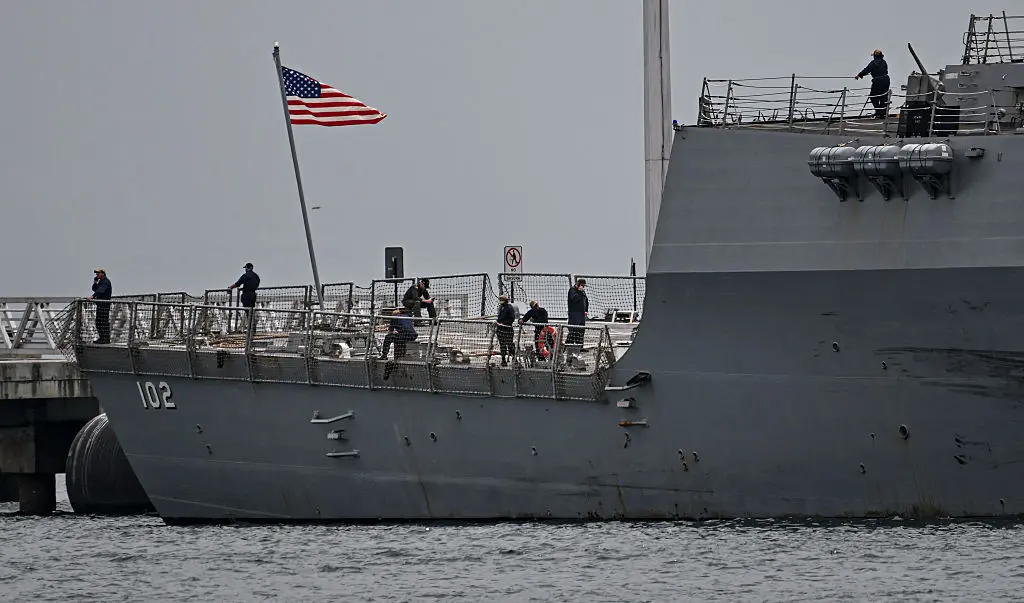A combination of drought and risky farming practices has created survival challenges for residents in the state of Amazonas in Brazil.
In some cases, entire communities have been cut off from commerce, water, and health care by severely low river levels, according to locals. A heavy blanket of smoke across the region is also affecting airport operations and sparking health concerns.





